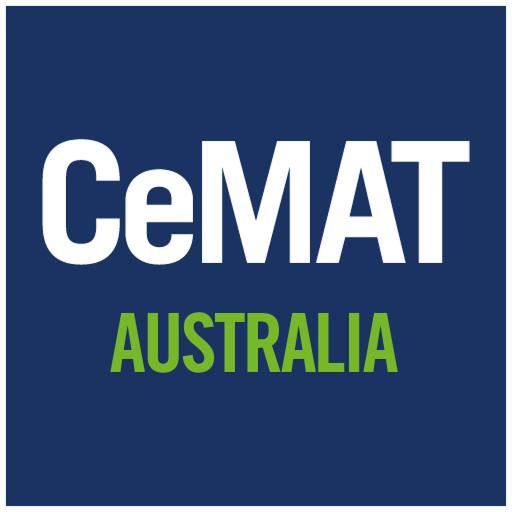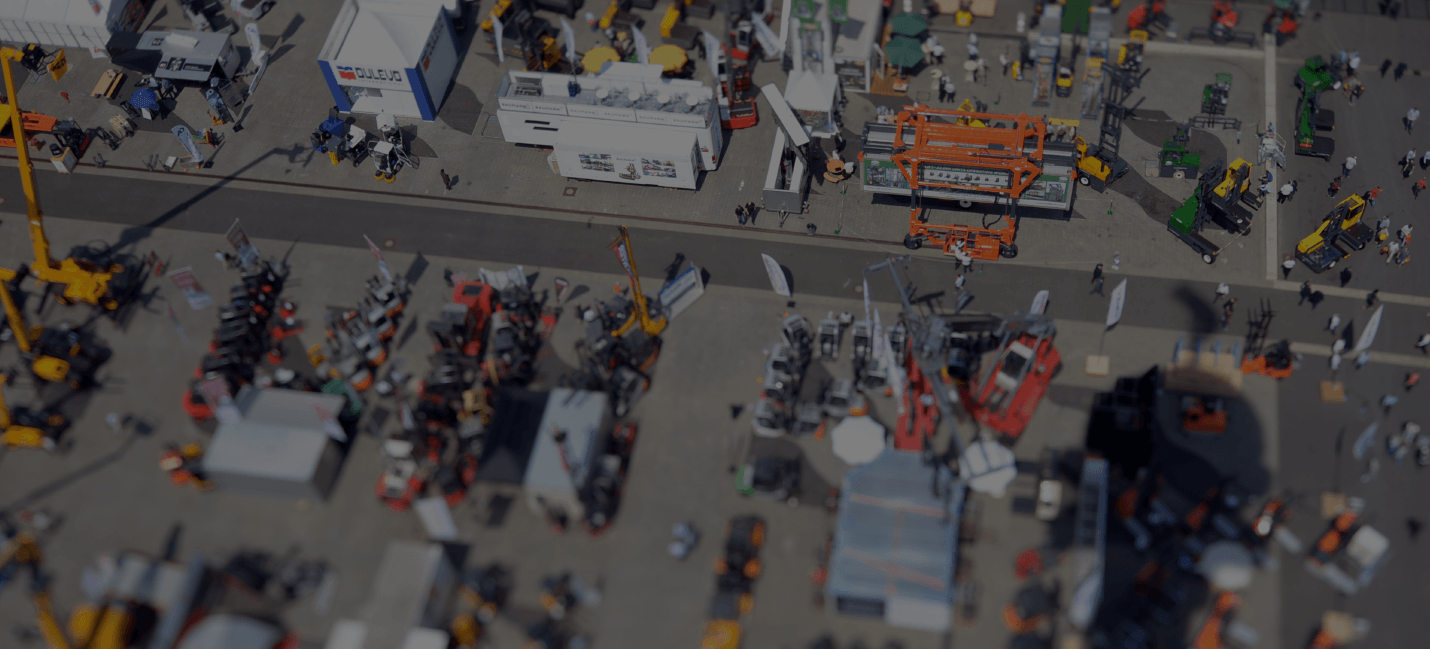WHAT YOU MISSED: Step 1 of Future Proofing your Warehouse
As part of a limited webinar series, warehouse automation experts, Fuzzy LogX, in partnership with CeMAT Australia, is helping companies of all sizes secure a huge advantage during times of unexpected market change.
Question: what do the following businesses have in common?
a) A pharmaceutical company supplying lifesaving medicines and equipment
b) A retail grocery aligned non-retail warehouse
c) A batch manufacturer of jigsaw puzzles
Answer: They have all experienced increased demands on inventory, efficiency, and fulfillment thanks to COVID 19.
Now is the time
If this pandemic has demonstrated anything it is that regardless of the industry and scale of your operation, the quality of your distribution centre can be the difference between timely prosperity and a regretful loss of opportunity.
Although no link in the supply chain stands alone, as recent events have taught us, when a warehouse or distribution centre can adapt and scale adeptly, a business is at an advantage when the pandemic hits the fan.
Each episode of 9 Steps to Future-Proofing Your Warehouse features high level knowledge, best practices, discussion, debate, and live Q&A sessions. Each episode will address a different area of warehouse functionality: inbound receiving, inventory & returns, putaway & storage, replenish & decant, outbound picking, packing & VAS, sort & dispatch.
Hosted by Jeffrey Triantafilo (systems and DC design) and Bas Schilders (principal consultant) at Fuzzy LogX, Step 1 (episode #1) was an introduction dedicated to understanding:
- The journey of the warehouse from “just a shed” to a world class distribution centre
- Piecing the technology puzzle together: with so many options to improve the warehouse – different models, different approaches - where should you start?
- Every business is different. Where should you automate first?
Best practice: Sigma Healthcare
The Sigma Healthcare facility at Kemps Creek has recently been fully automated to the point it is possible to start an order, pick an order and fulfill an order with zero human interaction.
“During COVID, I couldn’t be any happier with how our automation has supported the business. We would not have been able to – during that 4-6 weeks when we had a record spike in sales – get critical medicines out to pharmacies. Kemps Creek only started operating in January and by February/March to be able to be delivering at record levels – we couldn’t have done it without automation.”
- Peter Petito, Programme Manager, Sigma Healthcare
One size does not fit all
While Sigma Healthcare provided a shining example of what an entirely automated facility with top of the line materials handling technology looks like, this is not a requirement for building a future-proofed warehouse.
“This doesn’t apply to everyone. For a company like Sigma, automating everything works. Automation is a tool. It’s there to support a process. It’s there to support an operation where it makes sense. For Sigma, it makes sense to automate everything, for others it may make sense to do a single thing – and that’s what these sessions are about – we will focus on all areas of a warehouse; every single component and within every single area that we focus on we try to find a solution that will work for different operations.”
– Bas Schilders, principal consultant, Fuzzy LogX.
The webinar also included discussion and debate on:
- Automation’s adaptability, redundancy, and ability to fulfill order profiles that are changing quickly at scale.
- Assessing the best technology partners to work with: getting through the fun and the fire of planning and implementation - as well as what happens next.
- AI and the part it will play in the future of the supply chain (SPOILER ALERT: stay tuned for future webinar episodes dedicated to AI).


